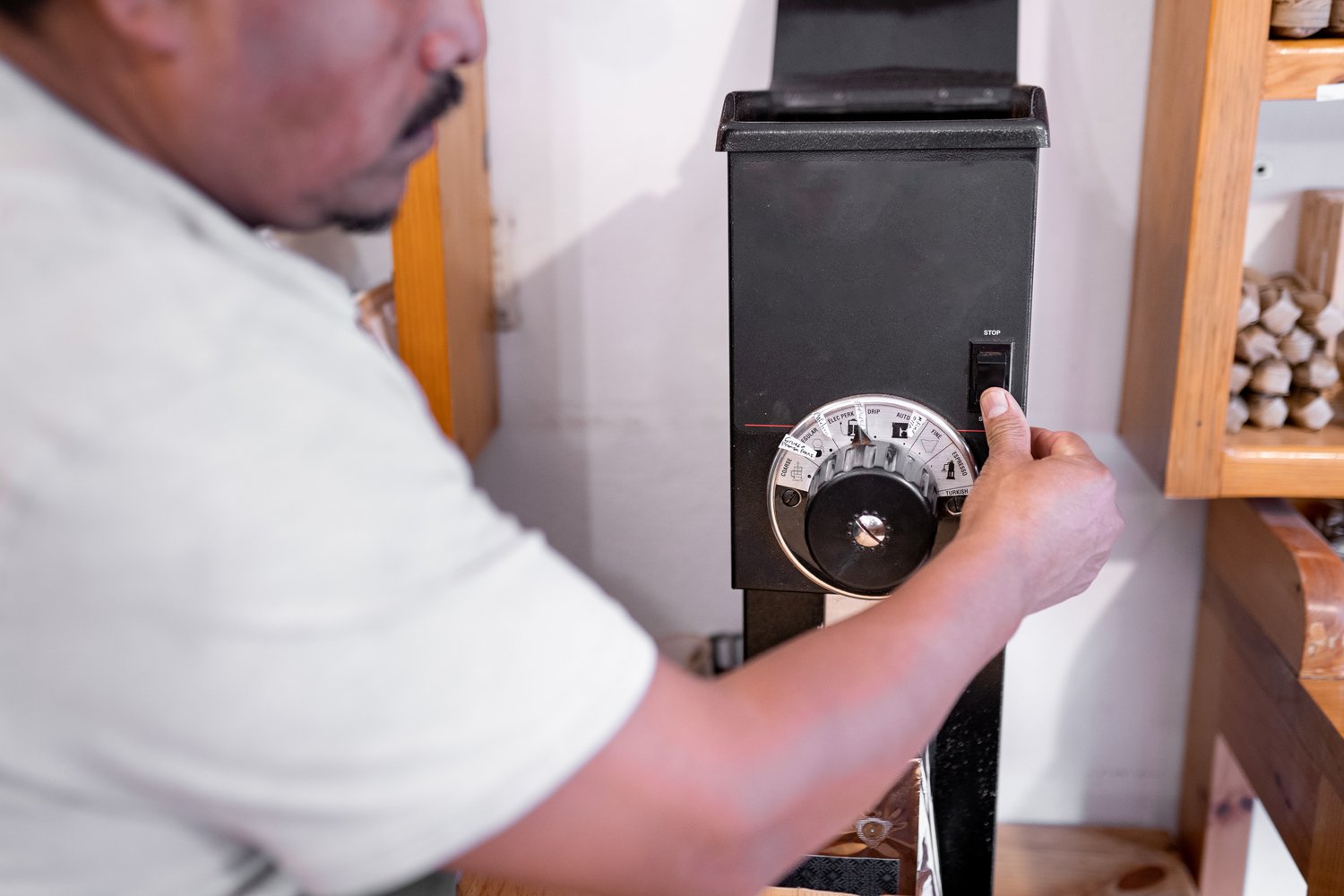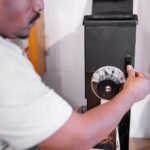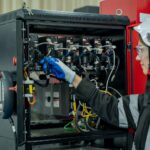The unsettling habit of your furnace cycling on and off can leave you in a chilly predicament while silently ramping up your energy bills. This frustrating phenomenon, known as short cycling, doesn’t just compromise comfort; it also has a significant impact on the longevity and efficiency of your heating system. Understanding why your furnace is doing this is crucial to preventing potential breakdowns and ensuring your home remains a cozy haven even on the coldest days.
- Discover what short cycling is and why recognizing its symptoms can help maintain your home’s comfort.
- Learn about common culprits behind short cycling, such as thermostat issues, airflow blockages, or an incorrectly sized furnace.
- Get step-by-step guidance on how to troubleshoot these issues, from checking thermostat settings to inspecting air filters.
By digging deeper into these key insights, you’ll not only enhance your heating system’s efficiency but also extend its lifespan. Whether you’re a homeowner eager to solve the issue or contemplating professional intervention, this article will equip you with the necessary knowledge to tackle short cycling confidently.
Understanding Short Cycling: Why is My Furnace Cycling On and Off? Troubleshooting Short Cycling Problems
Furnace short cycling is a common issue that many homeowners face, often prompting concerns about both comfort and utility bills. Simply put, furnace short cycling occurs when a furnace turns on and off repeatedly in a short period of time. This cycle prevents the heating system from completing its full heating program, leading to inconsistent temperature regulation in the home.
The symptoms of short cycling are usually easy to spot. You may notice that your furnace kicks on for just a few minutes and then shuts off before reaching the desired temperature. This not only affects your comfort but also results in increased wear and tear on the furnace components. Additionally, frequent cycles can lead to higher energy consumption, causing a spike in energy bills.
Understanding this problem is crucial for several reasons. Firstly, it ensures your home remains comfortably warm, especially during colder months. Additionally, addressing short cycling can significantly enhance energy efficiency, reducing unnecessary strain on your appliance. Lastly, diagnosing and resolving this issue promptly can prolong the lifespan of your furnace, saving on costly repairs or replacements in the future.
Common Causes of Furnace Short Cycling
There are several typical reasons behind furnace short cycling, some of which relate directly to system components or user settings. One of the primary causes is thermostat issues. When a thermostat is not properly calibrated or positioned, it can send incorrect signals to the furnace, leading to erratic operation.
Another common cause is airflow restrictions. Blocked or dirty air filters make it difficult for air to pass through the heating system, causing it to overheat and shut down prematurely. Regular filter maintenance is essential to prevent this type of short cycling.
Moreover, an oversized furnace can lead to repeated cycling. This occurs when the furnace’s heating capacity is too big for the home’s needs, resulting in rapid temperature changes that trigger the heating system to turn off too quickly. Ensuring your furnace’s size is appropriate for your space is crucial to avoiding this problem.
Recognizing these common issues and their impacts can greatly assist in maintaining your furnace’s efficiency and reliability. For any persistent short cycling problems, consulting an HVAC professional is advisable to get to the root of the issue and ensure a workable solution.
Steps to Resolve: Why is My Furnace Cycling On and Off? Troubleshooting Short Cycling Problems
When facing furnace short cycling, immediate action is necessary to maintain optimal heating service and avoid increased energy bills. It’s important to start with an effective strategy for troubleshooting this problem by following several key steps.
1. Check Thermostat Settings
Begin by examining your thermostat settings, ensuring that the temperature is set correctly. A malfunctioning thermostat can cause the furnace to cycle on and off unpredictably. Make sure the thermostat is located away from direct sunlight or drafty areas, which can affect its accuracy. If necessary, recalibrate your thermostat or consult the user manual for a reset.
2. Inspect and Replace Air Filters
Dirty or clogged air filters can severely restrict airflow, prompting the furnace to short cycle. Regularly inspecting the filters and replacing them if they appear dusty or blocked is crucial. Consider installing high-efficiency filters to enhance furnace performance and air quality.
3. Ensure Proper Furnace Sizing
An oversized furnace can lead to frequent cycling as it heats up the space too quickly and shuts down. Check the furnace’s specifications to ensure it is appropriately sized for your home. If your furnace is oversized, consult an HVAC professional for advice on the best course of action, which might include downsizing or adjustments to the system.
In addition to these steps, regular maintenance and inspection of your heating system can prevent further short cycling issues. This will ensure that your furnace operates efficiently and provides consistent warmth throughout your home.
Frequently Asked Questions About Furnace Short Cycling
What is furnace short cycling?
Furnace short cycling is when a furnace turns on and off too frequently, impacting efficiency and comfort.
How can thermostat issues cause short cycling?
A malfunctioning thermostat can send incorrect signals, leading to the furnace turning on and off inappropriately.
Can a dirty filter cause my furnace to short cycle?
Yes, clogged filters restrict airflow, causing the furnace to overheat and cycle off to prevent damage.
How does furnace size affect short cycling?
An oversized furnace heats the space too quickly and cycles off before achieving balanced heat distribution.
What should I check first if my furnace is short cycling?
Start by checking thermostat settings and cleaning or replacing filters to improve airflow.
When should I seek professional help for short cycling?
Consult a professional if issues persist after basic troubleshooting to ensure safe and efficient operation.





